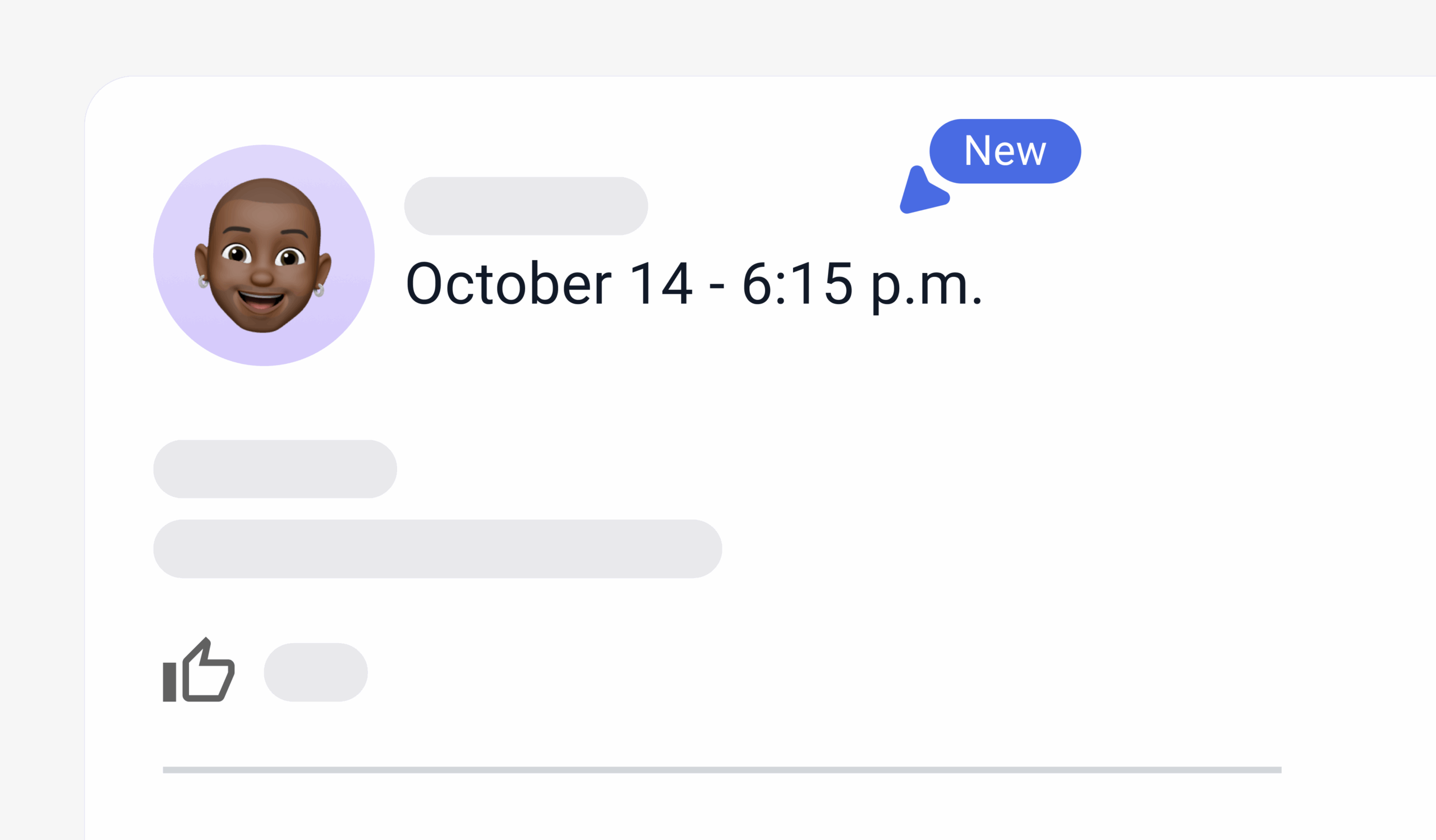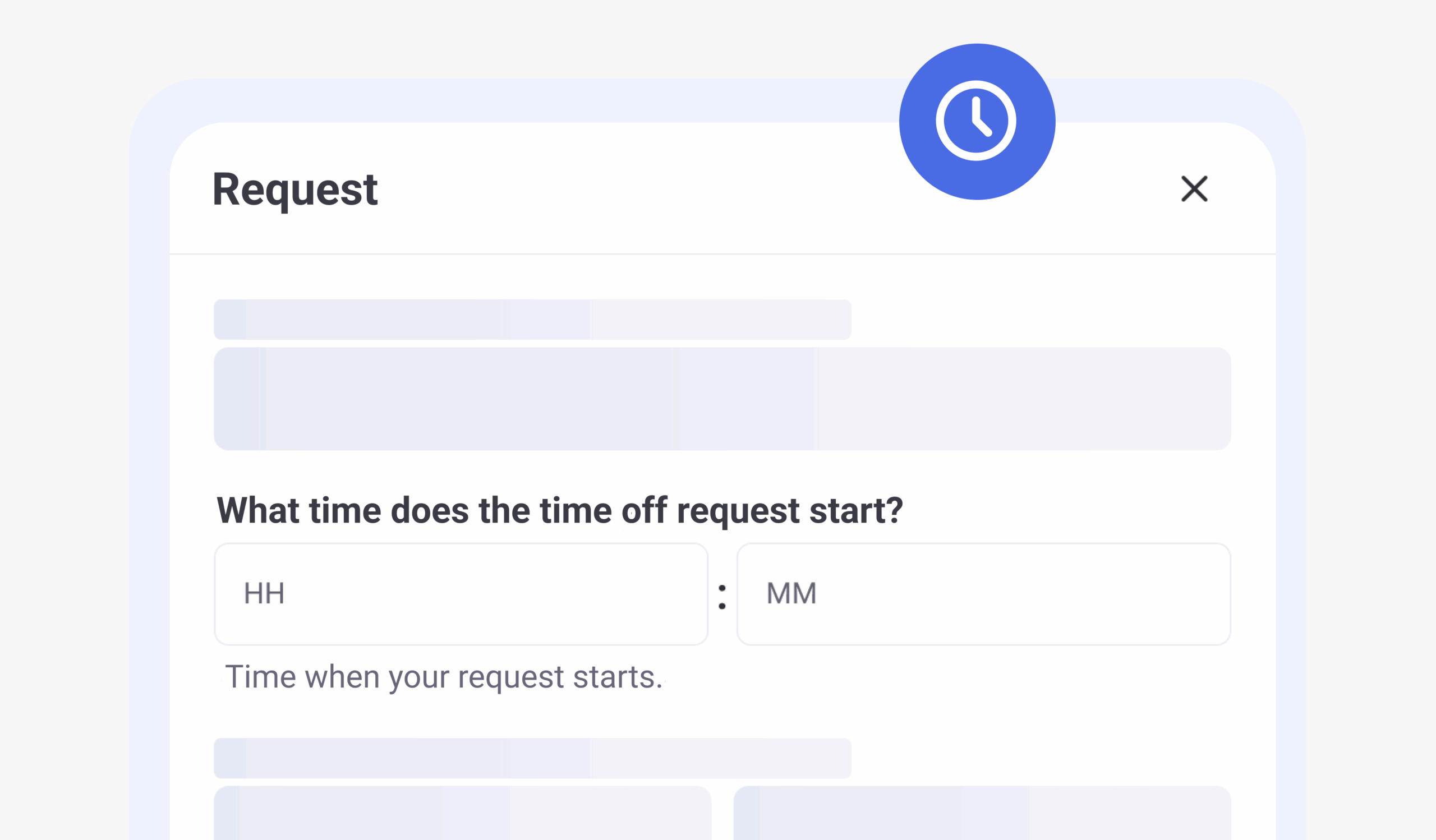In the digital era we live in, the digitization of human resources and businesses has become an urgent necessity for organizations wishing to remain competitive in the market. This technological revolution not only affects operational and commercial aspects but also has a significant impact on human resources management (HR).
In this article, we will delve into what the digital transformation of companies entails and how digitizing HR management processes can improve internal communication, organizational culture, and the work environment.
What is the digital transformation of companies?
Digital transformation refers to the integration of digital technology into all aspects of a company in order to change how it operates, interacts, and delivers value to its customers. It involves adopting new technological tools, revisiting existing business models, and fostering an innovative mindset throughout the organization. In the context of HR, it involves using digital solutions to enhance efficiency, collaboration, and decision-making in personnel management.
Improving internal communication in organizations
Effective internal communication is essential for the success of an organization. The digitization of human resources provides tools and platforms that facilitate real-time communication and eliminate geographical barriers. Corporate intranets, instant messaging applications, and internal social networks allow employees to connect and collaborate more efficiently. Additionally, automating communications, such as meeting reminders and the distribution of policies and procedures, enhances the fluency and transparency of internal communication.
Improved internal communication through digitization also encourages active employee participation. For example, online collaboration platforms enable teams to work together on projects, share ideas, and solve problems more agilely. Likewise, employees can easily access important information, such as company policies, benefits, and professional development programs, increasing transparency and job satisfaction.
Digital organizational culture
Organizational culture is the set of shared values, norms, and behaviors that characterize a company. Digital transformation offers the opportunity to foster a culture oriented toward innovation, agility, and collaboration. By digitizing HR processes, the adoption of digital tools is promoted throughout the organization, facilitating adaptation to change and fostering creativity and experimentation.
A digital organizational culture involves promoting continuous learning among employees. Online training and e-learning platforms provide access to educational resources and personalized professional development programs. This allows employees to acquire new skills and knowledge relevant to their professional growth while strengthening the company’s competitiveness in an ever-evolving business environment.
Furthermore, digitization encourages collaboration and connection between teams, regardless of their geographical location. Video conferencing, online project management tools, and internal social networks enable more effective collaboration, thereby enhancing innovation and process efficiency.
Improving the work environment
The work environment refers to the psychological and emotional atmosphere in which work takes place. Digitizing HR management processes can improve the work environment by simplifying and streamlining administrative tasks, allowing employees to focus on more strategic and rewarding activities. Automating processes such as payroll management, vacation administration, and performance evaluation reduces administrative workload, increasing productivity and employee well-being.
Additionally, implementing collaboration and teamwork tools fosters active employee participation, strengthening their sense of belonging and motivation. Digital spaces for interaction and recognition, such as social intranet platforms and performance management applications, allow employees to share achievements, receive feedback, and recognition for their work. This contributes to creating a positive work environment and promotes motivation and commitment.
Digitization can also facilitate the implementation of wellness and personalized development programs. Health and wellness applications, for example, can provide information on physical exercise, nutrition, and stress management, promoting a culture of well-being among employees. Likewise, digital learning and development solutions provide opportunities for employees to acquire new skills and knowledge flexibly and tailored to their individual needs.
Conclusion
In summary, the digital transformation of companies has changed the way we operate and relate to the work environment. It is crucial to understand the importance of digitizing human resources to improve internal communication, organizational culture, and the work environment. The adoption of technological solutions in the HR area not only drives operational efficiency but also strengthens employee connections, promotes an innovative culture, and improves well-being at work.
As we move into the future, companies that embrace digital transformation in HR will be better positioned to attract, retain, and develop the talent needed for sustainable success. Digitizing HR processes not only offers tangible benefits such as increased efficiency and productivity but also contributes to creating a more collaborative, dynamic, and satisfying work environment for employees. Ultimately, digital transformation in HR drives the growth and prosperity of organizations in an ever-evolving business world.
If you’ve made it this far and believe it’s time to drive digital transformation in your organization, what you need is a comprehensive HR management software. A good solution is: Humand, a mobile application for businesses aimed at improving the operability, culture, and internal communication of organizations. It allows centralizing work processes, HR management, and the entire work experience into a single digital universe.
Humand enables all employees of an organization to be connected through the same mobile application, regardless of their location and without the need for access to a computer or corporate email.






